Art & DT
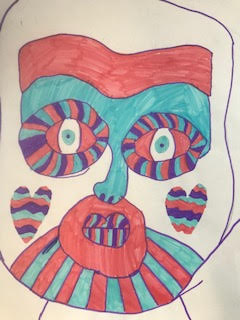
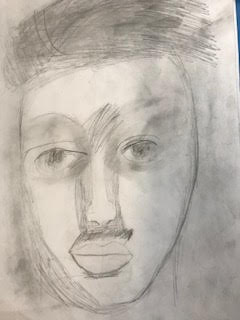
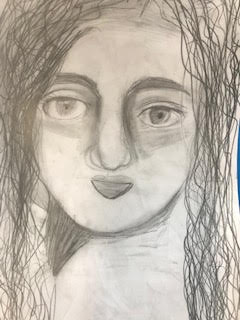
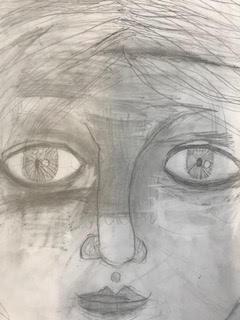
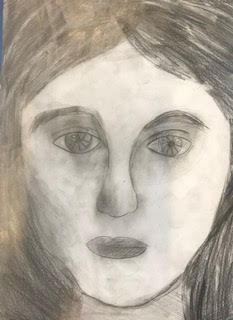
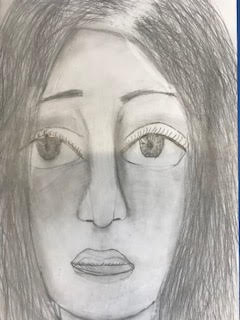
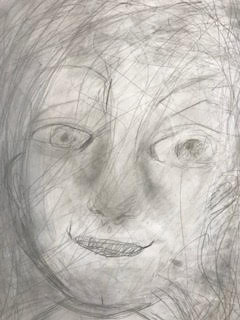
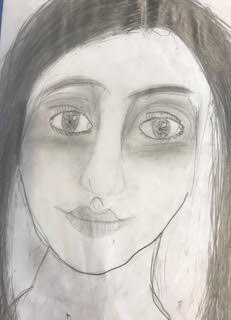
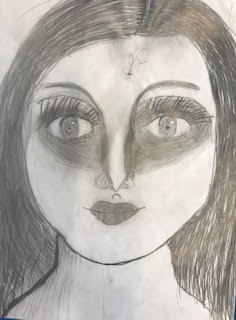
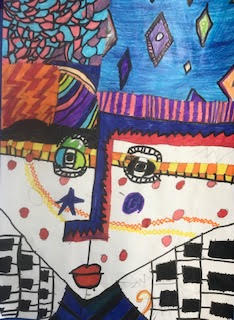
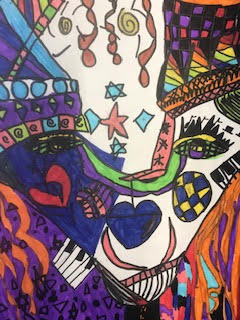
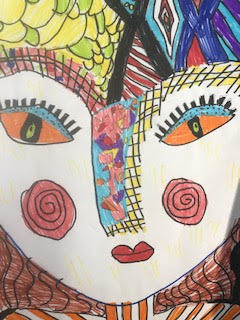
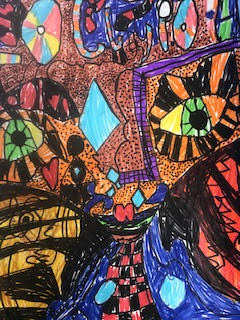
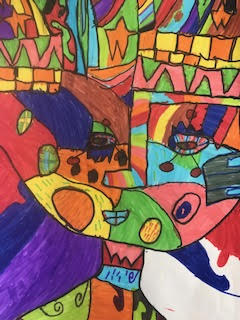
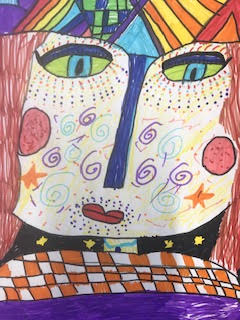
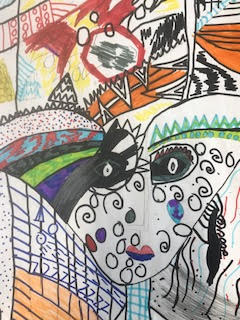
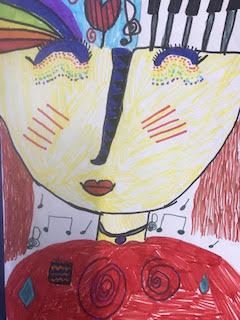
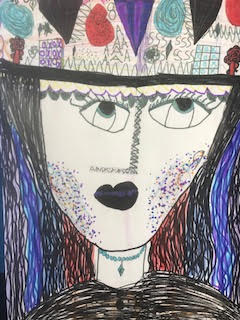
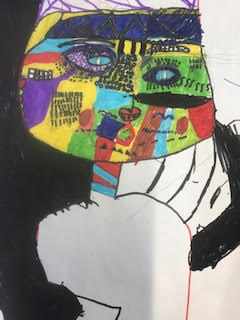
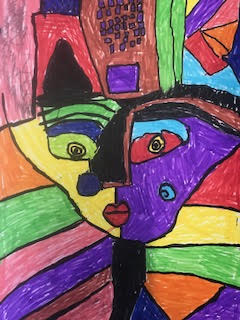
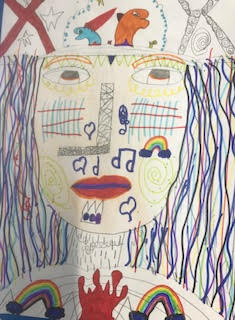
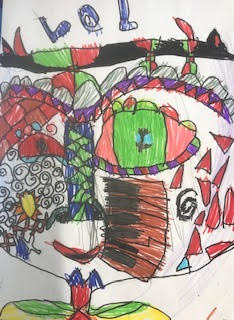
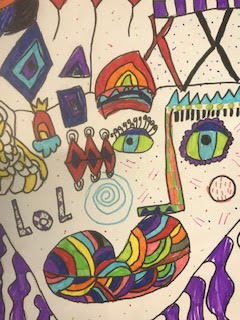
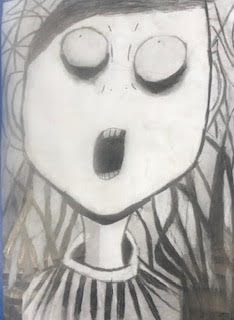
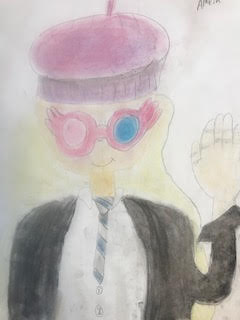
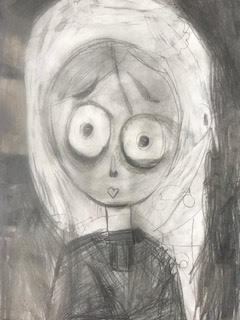
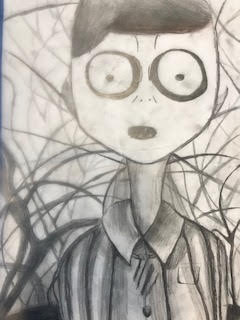
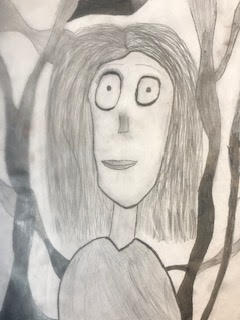
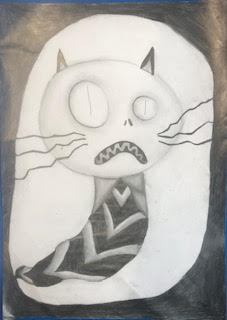
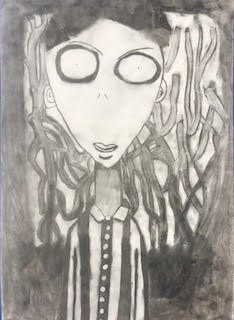
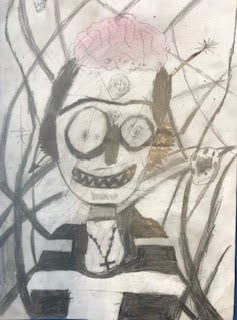
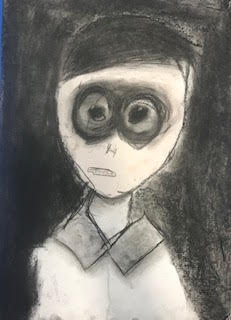
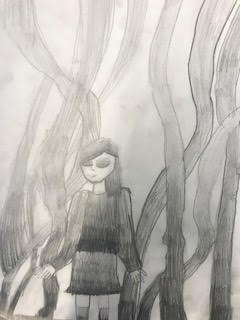
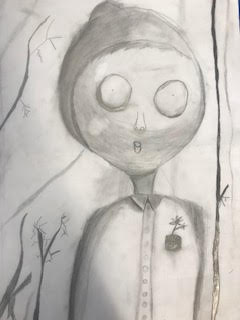
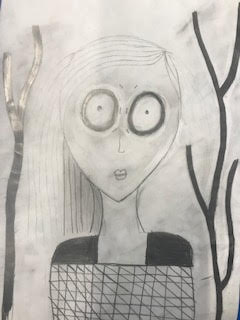
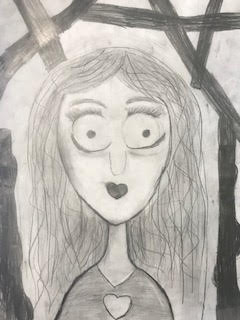
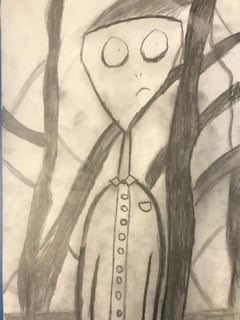
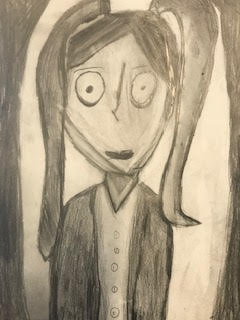
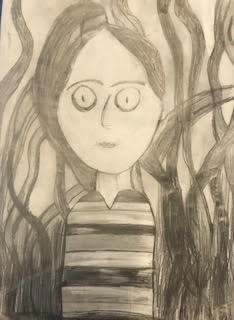
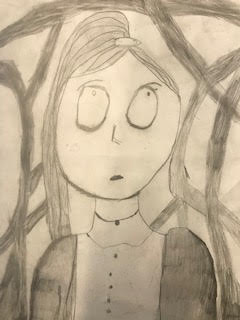
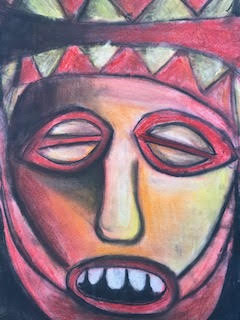
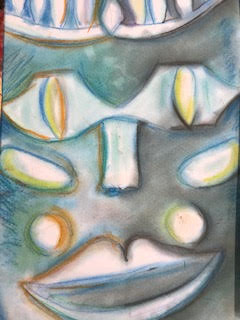
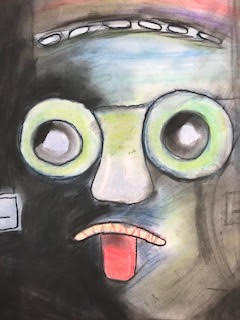
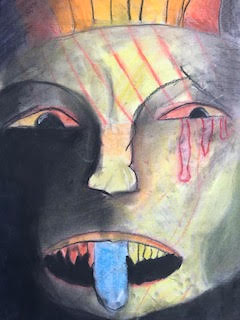
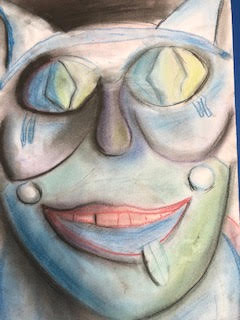
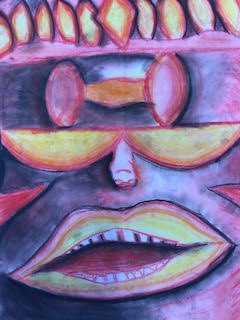
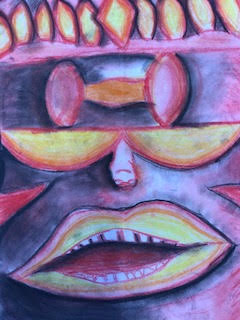
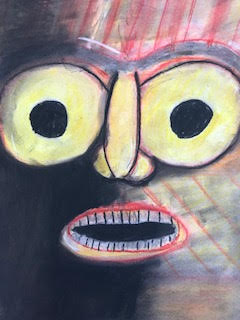
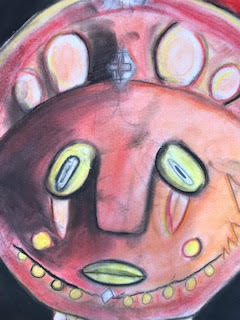
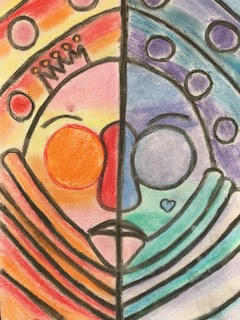
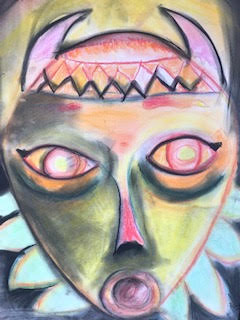
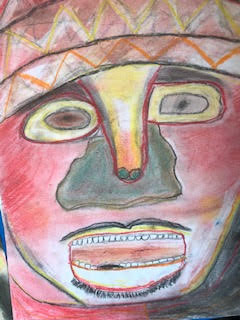
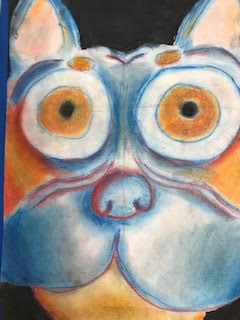
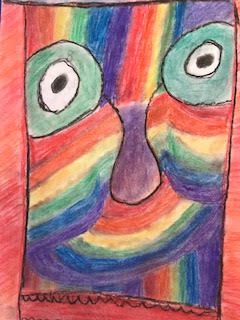
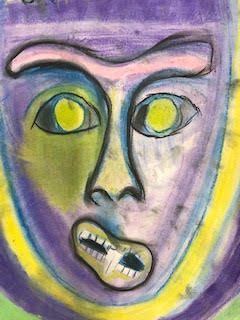
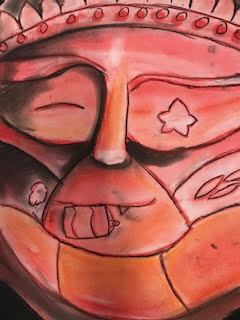
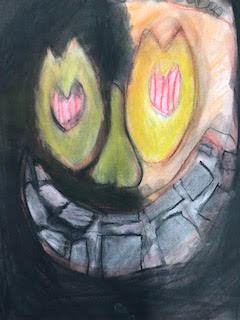
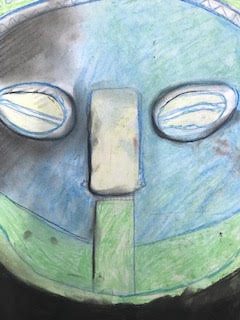
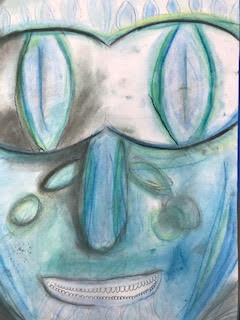
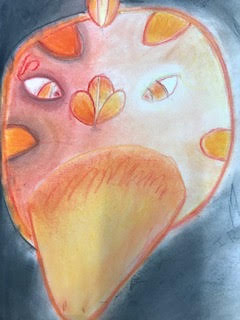
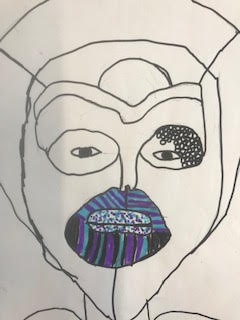
Art
Art is a foundation subject of the National Curriculum and an important part of developing our children’s ability to develop their individual creativity, express their ideas and understanding and to work both individually and collaboratively with others. Each year group plans art lessons, which aim to ensure that children are able to develop key skills using specific media. Our aim is to ensure that children are confident approaching artwork, feel a strong sense of achievement, value the impact of art within our own lives and are able to reach their full potential.
We believe that art is a vital part of children’s education and has a significant and valuable role in the taught curriculum, as well as the enrichment opportunities we offer our pupils. The art curriculum will develop children’s critical abilities and understanding of their own and others’ cultural heritages through studying a diverse range of male and female artists.
Children will develop their understanding of the visual language of art with effective teaching and considered and progressive sequences of lessons and experiences. Understanding of the visual elements of art and design (Line & Pattern, Shape, Colour, Contrast & Emphasis, Movement & Rhythm, Value, Texture, Balance, Form, Space, Proportion and Unity & Variety) will be developed by providing a well-planned curriculum in which there is a strong focus on progression of skills.
The skills and knowledge that children will develop throughout each art topic are mapped across each year group and throughout the school to ensure progression. The emphasis on knowledge ensures that children understand the context of the artwork, as well as the artists that they are learning about and being inspired by. This enables links to other curriculum areas, with children developing a considerable knowledge of individual artists as well as individual works and art movements. A similar focus on skills means that children are given opportunities to express their creative imagination, as well as practise and develop mastery in the key processes of art: drawing, painting, printing, textiles and sculpture.
Coordinated whole-school project work ensures that art is given high status in the curriculum and the whole school takes part in the annual ‘Arts Week’ which enables further focus on children’s artistic skills and knowledge and understanding. The school’s high-quality art curriculum is supported through the availability of a wide range of quality resources, which are used to support children’s confidence and growing expertise in the use of different media. In addition, the children are also taught by a professional artist during our ‘Fantastic Friday’ sessions. The work produced is of an excellent quality, focusing very much on the development of specific skills which the children practise and refine in order to produce a final piece of work which is displayed around the school.
School displays reflect the children’s sense of pride in their artwork and this is also demonstrated by creative outcomes across the wider curriculum. The school environment also celebrates children’s achievements in art and demonstrates the subject’s high status in the school, with outcomes, including sculptures, enhancing the outdoor as well as the indoor environment. Pupils also partake in an annual Art Exhibition in which a final piece of work is proudly displayed for the school community (including parents and carers) to view and admire.
Sketchbooks are a highly valued resource at Davyhulme Primary School and are used to practise and refine artistic skills and techniques. They reflect the artistic process that has taken place in order to produce a final piece of work.
As part of our ‘Cultural Capital’ pledge, we aim for every pupil to have visited an art gallery by the end of Key Stage 2. Children have the opportunity to visit the Lowry in Salford and Whitworth Art Gallery in Manchester to view the work of real-life artists first hand and to also develop their appreciation of a wide range of different artistic styles.
Design Technology
What is DT?
"Design is a funny word. Some people think design means how it looks. But of course, if you look deeper, it's really how it works."
Steve Jobs
"Technology makes possibilities. Design makes solutions."
John Maeda
Design and Technology prepares children to deal with tomorrow’s rapidly changing world. It encourages children to become independent, creative problem solvers and thinkers as individuals and part of a team. It enables them to identify needs and opportunities and to respond to them by developing a range of ideas and by making products and systems. Through the study of Design and Technology, pupils combine practical skills with an understanding of aesthetic, social and environmental issues, as well as functions and industry. This allows them to reflect on and evaluate past and present technology, its uses and impacts.
Curriculum Intent
It is the intent of Davyhulme Primary School for Design Technology to be taught in all year groups through at least one topic per term, which includes one topic relating to food, based on National Curriculum requirements. Design Technology projects are often made cross-curricular - linking to other subjects taught. Design Technology is usually taught in a block rather than on a weekly basis.
Key objectives of intent within the Design Technology Curriculum based on the National Curriculum 2014 guidance :
- Products are to be made for a purpose.
- Individuality should be ensured in children’s design and construction of products.
- Delivery of the two strands: Designing and Making and Cooking and Nutrition.
- More emphasis to be given on creating ‘innovative’ products in KS2.
- Teaching the importance of making on-going changes and improvements during making stages.
- Looking into the seasonality of ingredients and how they are grown, caught or reared.
- The introduction of computing and coding of products in KS2.
- Researching key events and individual designers in the History of Technology in KS2.
Aims
The national curriculum for Design and Technology aims to ensure that all pupils:
- develop the creative, technical and practical expertise needed to perform everyday tasks confidently and to participate successfully in an increasingly technological world.
- build and apply a repertoire of knowledge, understanding and skills in order to design and make high-quality prototypes and products for a wide range of users
- critique, evaluate and test their ideas and products and the work of others
- understand and apply the principles of nutrition and learn how to cook.
Curriculum Implementation
Children design products with a purpose in mind and an intended user of the products. Food technology is implemented across the school with children developing an understanding of where food comes from, the importance of a varied and healthy diet and how to prepare this. This links to our focus on outdoor learning by encouraging our pupils to grow, harvest and cook their own produce, for example, pupils harvest the apples from our school orchard to make apple pies, apple muffins and even apple juice.
Design and technology is a crucial part of school life and learning and it is for this reason that we are dedicated to the teaching and delivery of a high-quality Design and Technology curriculum through well-planned and resourced projects and experiences.
Design Technology is an inspiring, rigorous and practical subject, requiring creativity, resourcefulness, and imagination. Pupils design and make products that solve real and relevant problems within a variety of contexts. It is very cross-curricular and draws upon subject knowledge and skills within Mathematics, Science, History, Computing and Art. Children learn to take risks, be reflective, innovative, enterprising and resilient. Through the evaluation of past and present technology, they can reflect upon the impact of Design Technology on everyday life and the wider world.
Curriculum Overview
Our Amazing Work
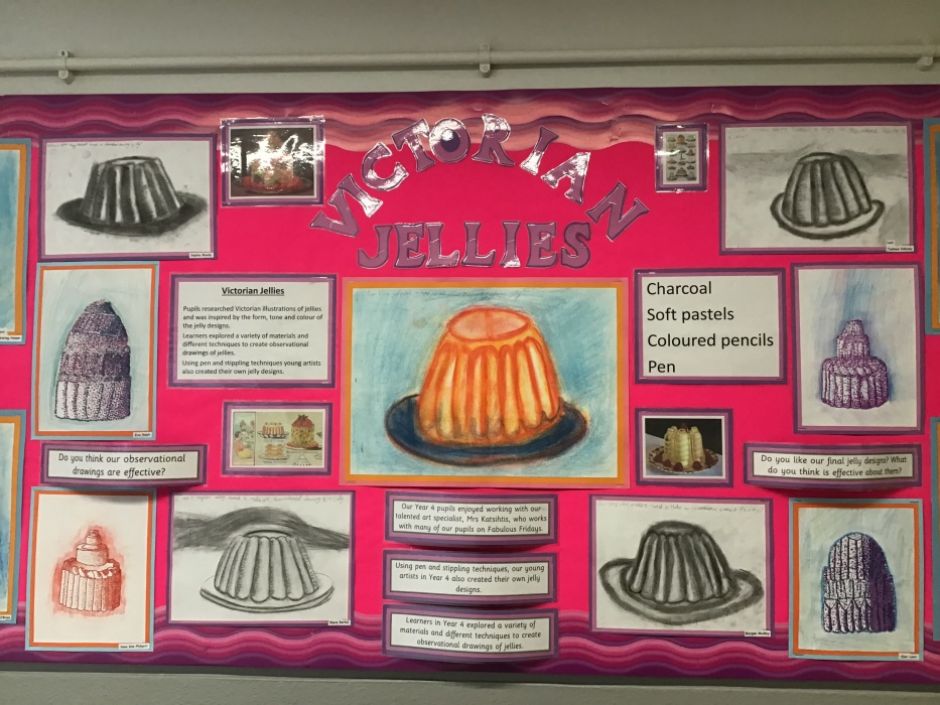
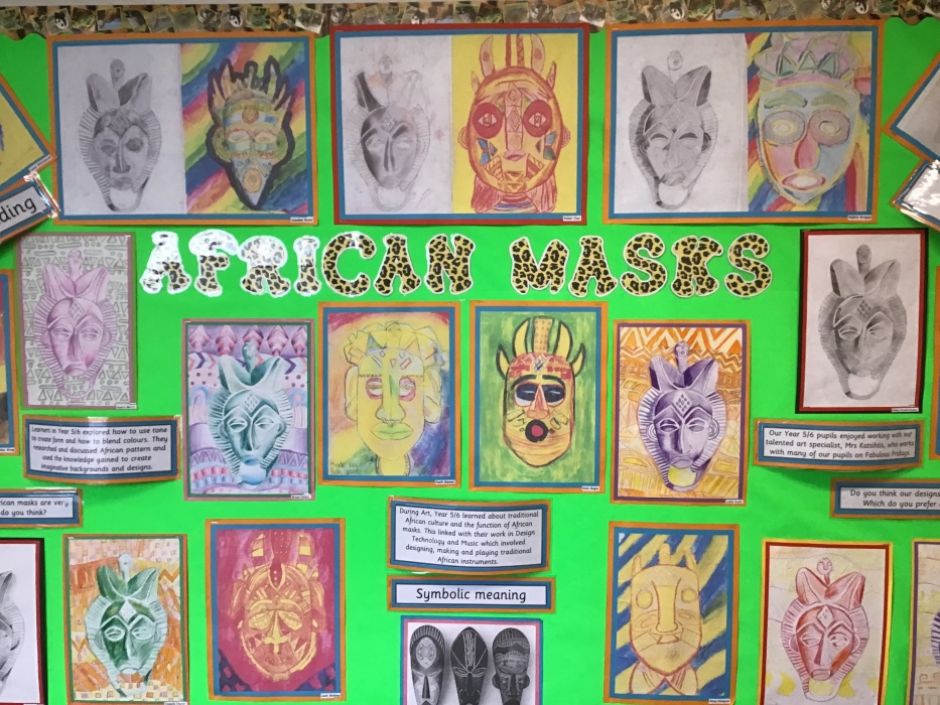
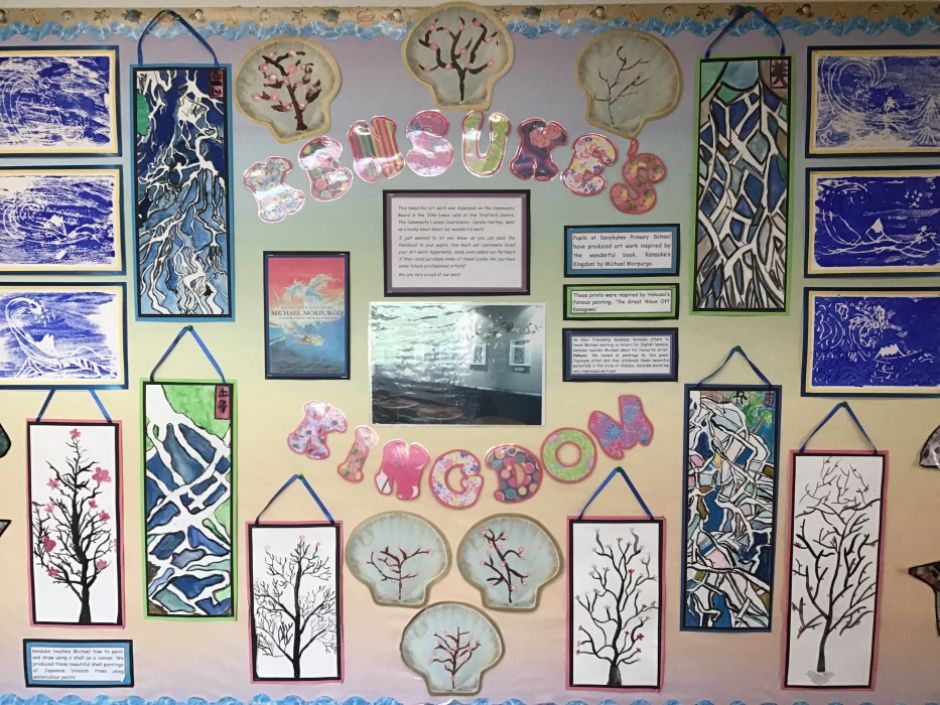
Davyhulme Primary School, Canterbury Road, Davyhulme, Manchester M41 0RX Phone: 0161 748 3392
 Menu
Menu


